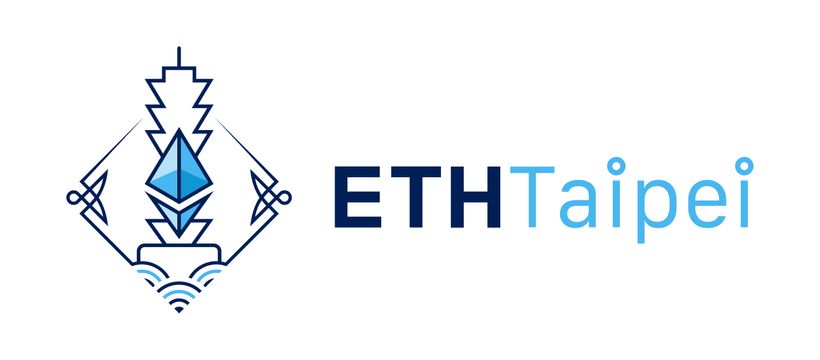Breanna Stewart #30 of the New York Liberty dribbles the ball against Napheesa Collier #24 of the Minnesota Lynx in the fourth quarter during Game Three of the WNBA Finals at Target Center on October 16, 2024 in Minneapolis, Minnesota.
David Berding | Getty Images
Versant has signed a new 11-year media deal with the Women’s National Basketball Association, the company announced on Tuesday.
The agreement kicks off for the 2026 season and includes at least 50 WNBA games annually and portions of Playoff and Finals games during select years, the company said.
Versant, the parent company of cable networks and brands soon to be spun off from Comcast, has been rapidly acquiring sports rights and diving deeper into women’s sports in particular.
The latest agreement expands upon a previous package between the WNBA and Versant’s USA Network signed in 2024. The coverage will include Wednesday night double-headers, a dedicated pre-game show and a post-game studio show.
“We’re incredibly proud to expand our multi-year partnership with the WNBA,” said Matt Hong, president of sports for Versant. “USA Network will be a destination for WNBA viewers all season long, as we showcase the star power across the league.”
For the WNBA, currently in its 29th season, the deal comes amid record-breaking television viewership, attendance, merchandise sales and team valuations.
“As demand for women’s basketball continues to rise, partnerships like this expand the visibility and accessibility of our game,” WNBA Commissioner Cathy Engelbert said in a statement.
The league signed an 11-year media rights deal with Disney, Amazon and Comcast-owned NBCUniversal last July as part of the NBA’s media rights negotiation. The WNBA’s deal is valued at about $200 million per year, CNBC previously reported. It also signed a new media deal with Scripps’ Ion in June.
Versant said production details, including studio commentary teams, will be announced in the coming months.
The new WNBA deal will mean that for eight months out of the year, women’s sports will be broadcast live on USA Network.
Earlier this month, Versant struck a multi-year deal with League One Volleyball to broadcast primetime games on Wednesday nights. And in August, the company signed a deal to extend its rights with the USGA, worth $93 million annually, according to a person familiar with the deal who spoke on the condition of anonymity to discuss terms of the deal.
Versant also holds numerous golf rights through the Golf Channel, in addition to rights across Premier League soccer, WWE, NASCAR, Atlantic 10 college basketball coverage and the Olympics.
“We’re looking for sports deals that drive distribution, diversify ad sales and have a value,” Versant CEO Mark Lazarus told CNBC in May.
Disclosure: Comcast is the parent company of NBCUniversal, which owns CNBC. Versant would become the new parent company of CNBC upon Comcast’s planned spinoff of Versant.
Source: https://www.cnbc.com/2025/09/30/versant-wnba-media-deal.html



